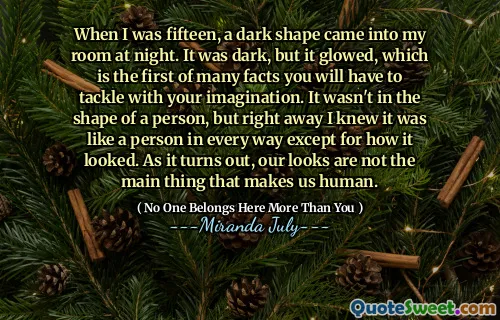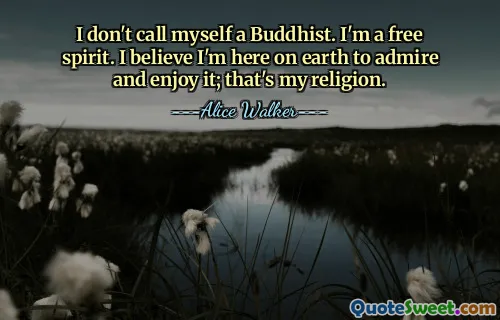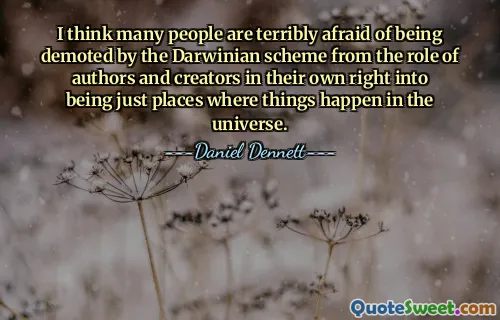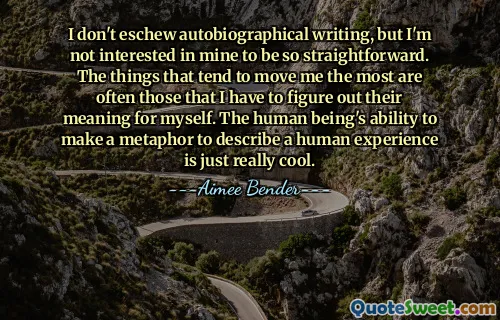
When I was fifteen, a dark shape came into my room at night. It was dark, but it glowed, which is the first of many facts you will have to tackle with your imagination. It wasn't in the shape of a person, but right away I knew it was like a person in every way except for how it looked. As it turns out, our looks are not the main thing that makes us human.
This quote profoundly explores the nature of human identity beyond physical appearance. At fifteen, a pivotal age of self-discovery and exploration, the narrator encounters a mysterious presence that defies conventional expectations — a glowing, dark shape that isn't a person but exhibits qualities that evoke personhood. This encounter challenges the reader to reflect on what truly defines humanity. It underscores a vital truth: appearances can be deceptive and superficial markers of our essence. Genuine human connection hinges more on qualities such as consciousness, empathy, intent, and vulnerability than on outward looks. The glowing entity, while not physically human, shares core human traits that make us who we are, such as awareness and perhaps intent. This leads to a broader contemplation about how society often places undue emphasis on physical beauty, race, gender, and other superficial aspects. Meanwhile, the essential human experiences—love, fear, hope, and morality—are found within the intangible threads that bind us. The quote encourages us to venture beyond surface appearances and perceive the essence of others, fostering empathy and deeper understanding. It invites us to question preconceived notions about identity and to recognize that inner qualities largely define our humanity, regardless of external differences. Such insights remind us that true connection depends not on outward shapes but on the recognition of shared human consciousness and compassion.










